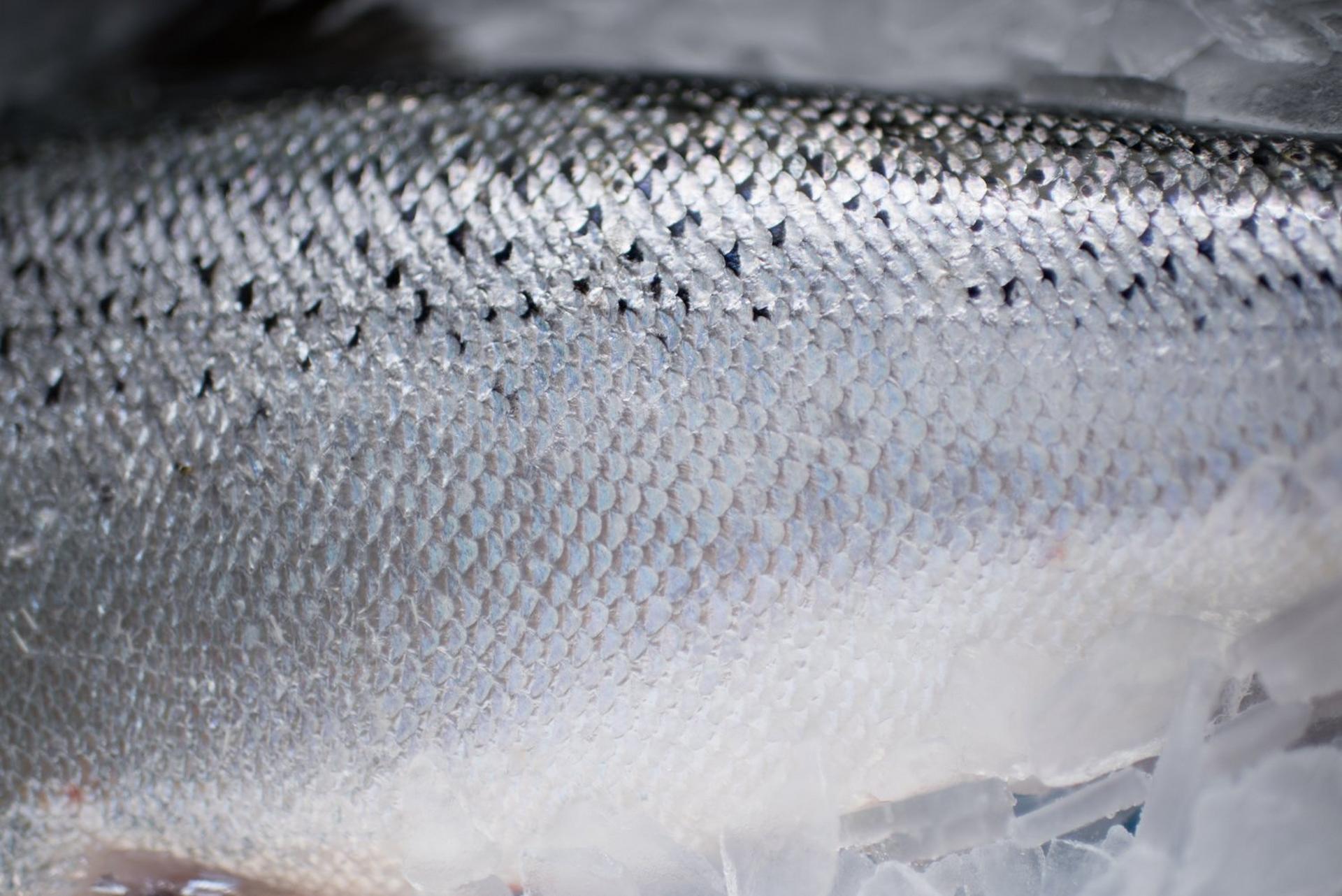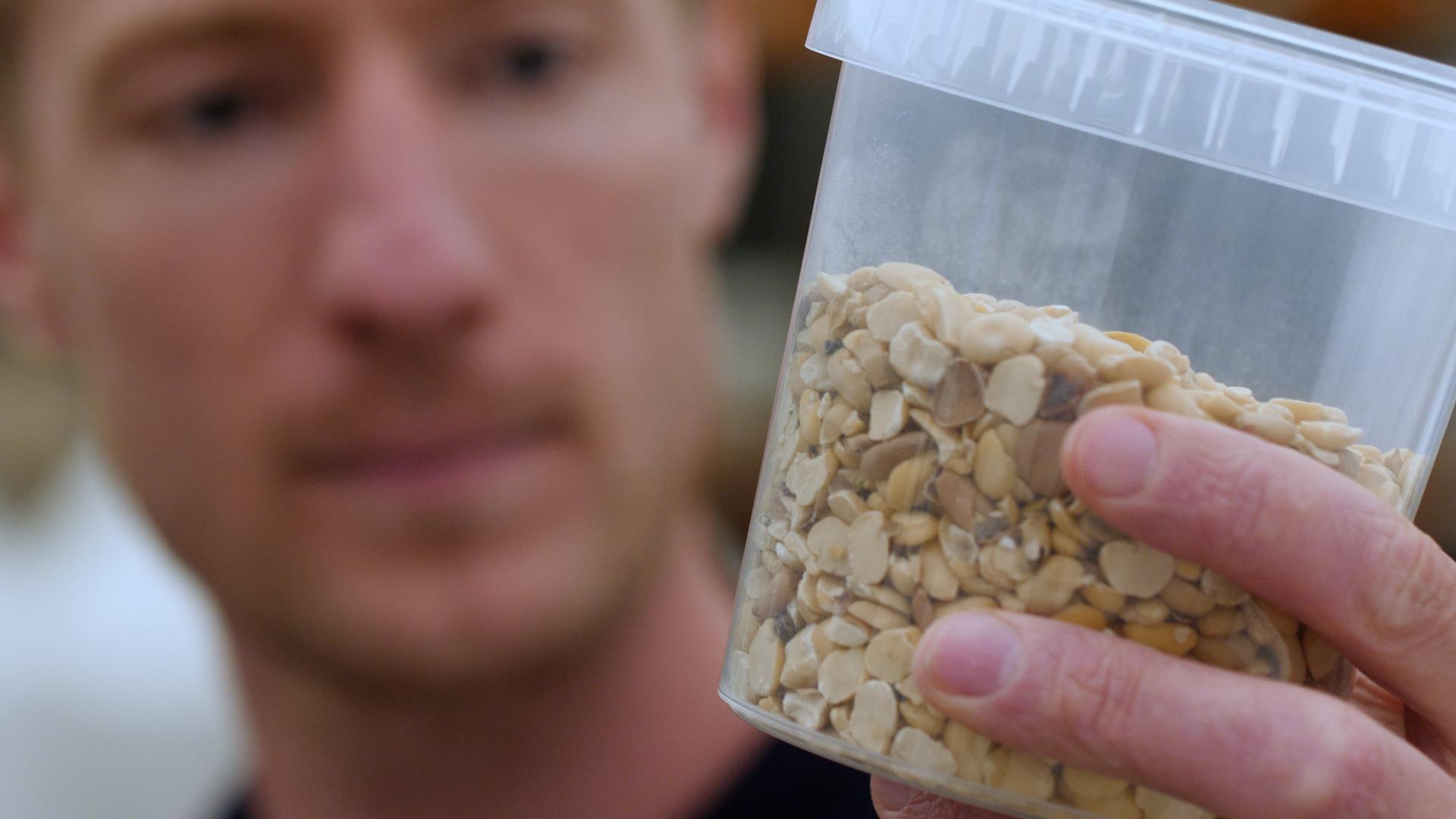A research collaboration between BioMar, Pelagia, Aker Biomarine, Nofima, and the University of Bergen investigated the potential of using side-stream products from filleted Atlantic cod (Gadus morhua) in salmon feed. The study, supported by the Norwegian Research Council, aimed to optimize fish feed formulations by evaluating the nutritional and physiological impacts of these novel ingredients.
Four experimental feed ingredients were developed using different processing technologies, including fishmeal from heads and backbones (FM-hb), fish protein
hydrolysate from heads and backbones (FPH-hb), fishmeal from heads, backbones, and viscera (FM-hbg), and fish protein concentrate from viscera (FPC-g).
These ingredients were included in experimental diets, each replacing 50% of fishmeal protein. The study also included two control diets: a medium fishmeal control (FM10) and a low fishmeal control (FM5). The six diets were tested on post-smolt Atlantic salmon (Salmo salar L.) over an eight-week period to evaluate growth, feed intake, feed efficiency, and physiological responses.














